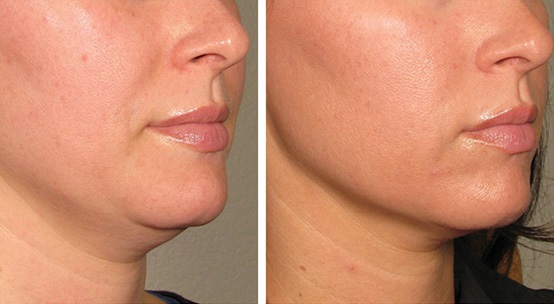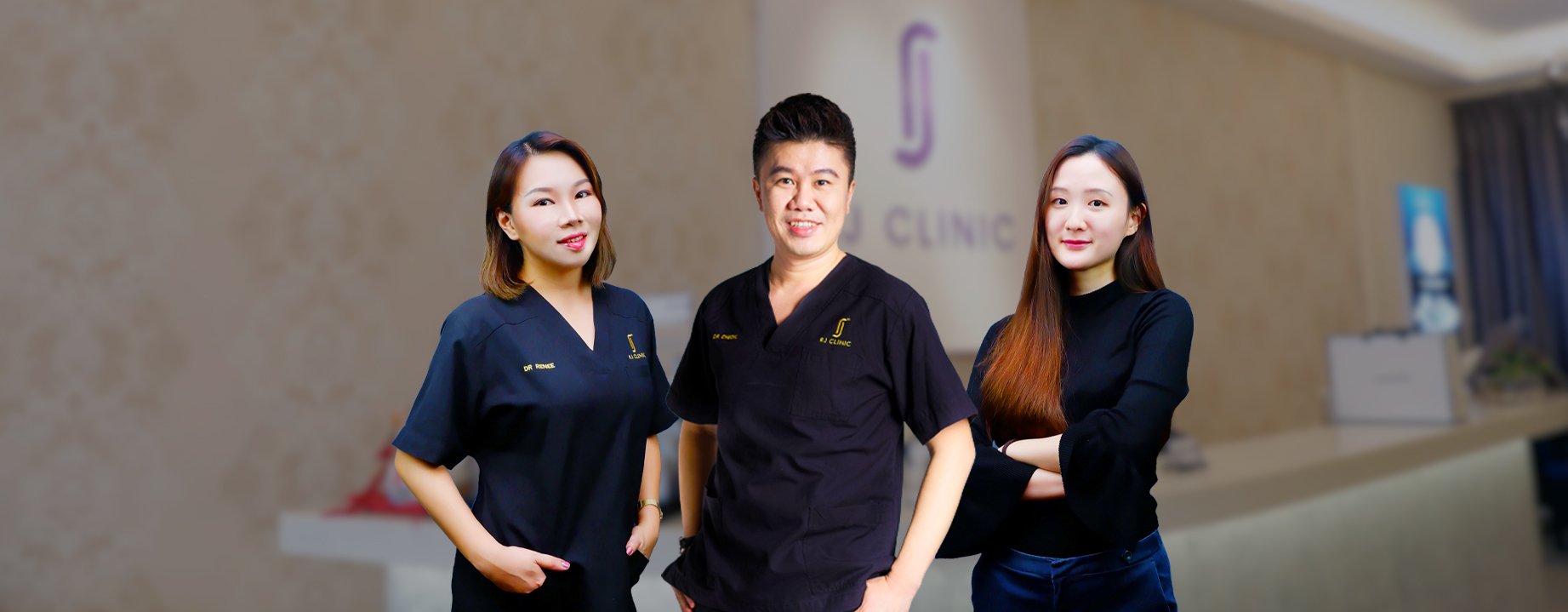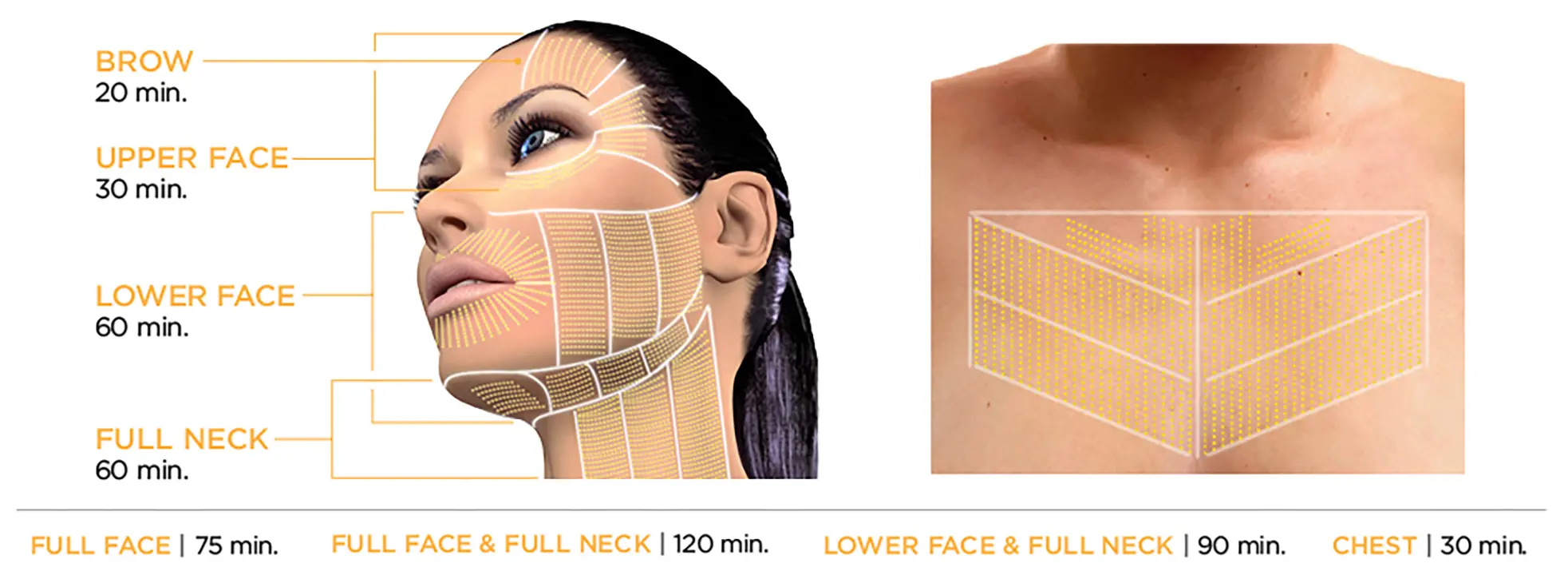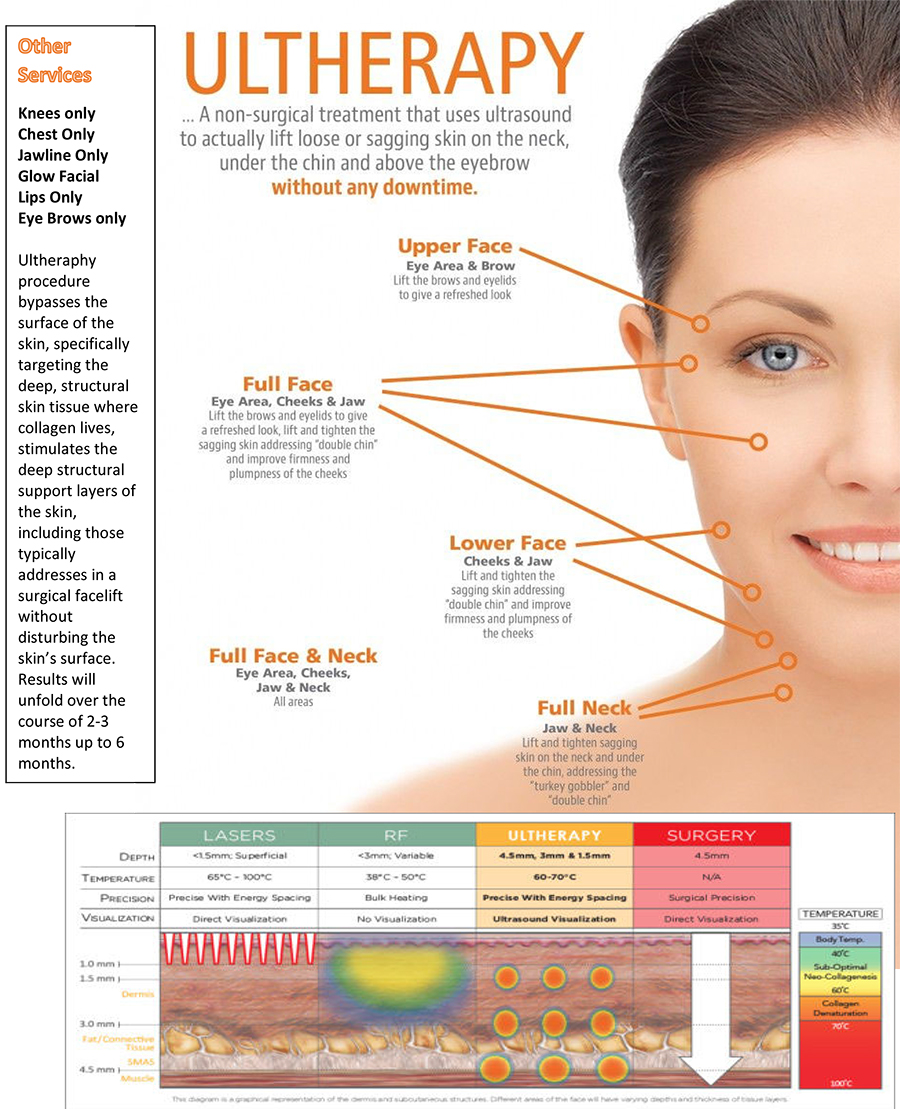Why Ultherapy Could Be Medically Required: Exploring the Factors for a Non Surgical Lift
Ultherapy is obtaining attention as a viable alternative for individuals encountering skin laxity as a result of aging or particular medical problems. This non-surgical therapy promotes collagen manufacturing, using an option that prevents the recovery time related to intrusive procedures. As people look for to enhance not only their look but additionally their general skin health and wellness, understanding the conditions that necessitate Ultherapy's use becomes crucial. What aspects contribute to its clinical necessity?
Recognizing Ultherapy: What It Is and Exactly how It Works
Ultherapy, a non-invasive cosmetic procedure, makes use of ultrasound innovation to boost collagen production and advertise skin tightening. By providing focused ultrasound power deep right into the skin, it targets the fundamental layers typically attended to in surgical facelifts. This procedure encourages the body's all-natural healing action, causing gradual training and firm of the skin in time.

Treatment sessions typically last between 30 to 90 mins, depending on the dimension of the area being dealt with. While results may not be immediately visible, excellent effects usually appear within two to 3 months as collagen continues to establish. Ultherapy deals a compelling non-surgical alternative for individuals seeking skin renewal without the requirement for intrusive procedures.
The Aging Process: Impacts on Skin Flexibility and Collagen
Aging inevitably brings modifications that reduce skin flexibility and collagen production, resulting in noticeable indicators of sagging and wrinkles. As individuals age, the skin's capability to maintain dampness decreases, resulting in a drier and much less resilient surface. Collagen, a necessary healthy protein liable for skin structure, also decreases, triggering the skin to lose its firmness and youthful look. Elements such as sunlight direct exposure, toxic wastes, and way of living options additionally increase this decrease in skin quality.
This loss of elasticity and collagen creates a waterfall of adjustments, consisting of the development of jowls, growing nasolabial folds up, and a total sagging appearance. The skin's support group compromises, making it much more vulnerable to the effects of gravity. Subsequently, lots of individuals seek interventions like Ultherapy to deal with these aging impacts, aiming to restore a more youthful, tight look without the requirement for invasive operations.
Clinical Conditions That May Gain From Ultherapy
Ultherapy is progressively identified for its prospective benefits in resolving different clinical conditions. Individuals experiencing skin laxity, those in post-surgical recuperation, and patients with persistent skin problem may locate this non-invasive treatment helpful. By stimulating collagen production, Ultherapy can improve skin suppleness and boost overall appearance for these teams.
Skin Laxity Problems
Skin laxity can be a significant issue for people experiencing numerous clinical conditions that affect the stability and flexibility of their skin. Problems such as Ehlers-Danlos syndrome, which interferes with collagen production, can bring about early skin aging and sagging. In addition, people with autoimmune problems may experience skin modifications that contribute to laxity. Hormonal variations, particularly during menopause, also contribute in reducing skin suppleness. Ultherapy, making use of ultrasound modern technology, targets the much deeper layers of skin, boosting collagen manufacturing and tightening up the affected locations. This non-invasive therapy might use a feasible remedy for those looking for to resolve skin laxity arising from these clinical problems, improving both appearance and self-confidence without the requirement for surgical intervention.
Post-Surgical Recuperation Help
Post-surgical recovery can frequently present challenges, particularly for people experiencing skin laxity because of surgical interventions. Ultherapy acts as a possible help in this scenario, using ultrasound technology to stimulate collagen manufacturing and enhance skin tightness without intrusive treatments. Clients that have actually undertaken surgical treatments such as facelifts, liposuction surgery, or various other body contouring procedures might discover that Ultherapy enhances their recuperation by addressing uneven appearance and laxity that can happen post-operation. This non-surgical approach can cause improved visual results, possibly minimizing the demand for added surgical treatments. Moreover, it may assist reduce pain related to the recovery process, offering individuals a much more all-encompassing healing experience. Subsequently, Ultherapy can be an important alternative in post-surgical care.
Persistent Skin Problems
For individuals experiencing chronic skin conditions such as acne marks, rosacea, or laxity as a result of aging, non-invasive treatments may use substantial relief and improvement. Ultherapy has become an encouraging option, using ultrasound modern technology to boost collagen production deep within the skin. This process can improve skin structure and flexibility, addressing issues like unequal skin tone and sagging. In specific, those with rosacea might experience lowered soreness and swelling, while people with acne marks can gain from enhanced skin smoothness and general look. Notably, Ultherapy provides a non-surgical alternative that reduces recovery time and risks associated with invasive procedures, making it an appealing choice for people looking for reliable monitoring of persistent skin disease.
Mental Effect of Sagging Skin and Aesthetic Concerns
The psychological toll of aging typically manifests in the type of sagging skin, which can significantly affect a person's self-worth and general mental well-being. Numerous individuals connect youthful looks with power and beauty, resulting in sensations of insufficiency when confronted with noticeable indicators of aging. This perceived decline in elegance can lead to social anxiety, withdrawal from social communications, and an enhanced preoccupation with one's look.
Individuals might feel compelled to seek visual treatments to combat these concerns, as the need to preserve a vibrant appearance can come to be intertwined with individual identity. The psychological impacts of sagging skin may additionally result in depression or a reduced quality of life. As a result, non-surgical options like Ultherapy become potential options, intending not only to renew the skin but likewise to recover confidence and a favorable self-image, inevitably dealing with the much deeper emotional ramifications of aging.
Comparing Ultherapy to Conventional Surgical Options
When comparing Ultherapy to standard medical alternatives, significant differences emerge in both cost-effectiveness and healing time. Ultherapy deals a non-invasive strategy that often results in lower costs and very little downtime for people. In comparison, medical lifts typically require more monetary investment and a prolonged healing duration.
Cost-Effectiveness of Ultherapy

Conventional surgical lifts often come with significant ahead of time expenses and prolonged recovery times, Ultherapy offers an engaging alternative that can deliver equivalent results at a fraction of the rate. The try this website typical cost of a medical facelift can vary from $7,000 to $15,000, while Ultherapy therapies usually fall in between $2,000 and $4,500, depending upon the location treated and company knowledge. Additionally, the absence of extensive pre-operative analyses and post-operative care related to Ultherapy additionally contributes to its cost-effectiveness. This strategy not only decreases monetary strain however also enables individuals to buy various other aspects of their wellness and wellness. In this means, Ultherapy emerges as a monetarily practical alternative for those seeking face rejuvenation without the concerns of typical surgical treatment.
Recuperation Time Comparison
Healing time why not check here is a significant aspect in the decision-making procedure for those considering cosmetic procedures. Ultherapy attracts attention as a non-surgical option that normally calls for minimal downtime. A lot of people can return to their daily tasks virtually instantly, experiencing only moderate soreness or swelling that usually deals with within a few hours. In comparison, typical medical options, such as facelifts, frequently require a prolonged healing duration. Individuals might encounter numerous weeks of swelling, wounding, and limited task, with some going back to regular regimens occupying to three months. This plain difference in healing time makes Ultherapy an attractive option for individuals seeking effective results without the extensive aftercare connected with surgery, enabling a smoother adjustment back to daily life.
The Long-Term Perks of Non-Invasive Treatments for Skin Health And Wellness
As individuals progressively seek choices to operations, the long-lasting benefits of non-invasive therapies for skin wellness end up being extra apparent. Therapies such as Ultherapy, chemical peels, and laser treatment deal considerable advantages without the demand for considerable recuperation times related to surgery. RJ Clinic Ultherapy. In go to this web-site time, these non-invasive options can advertise collagen production, leading to stronger skin and a much more youthful look
Additionally, normal non-invasive therapies can improve skin appearance, tone, and elasticity, boosting general skin wellness. Clients typically experience fewer complications and negative effects, making these procedures extra attractive.
Moreover, the advancing effects of constant treatments can maintain and prolong visual renovations, enabling people to maintain their preferred appearance with minimal downtime. By prioritizing non-invasive methods, individuals can attain lasting results while prioritizing their health and wellness and health. Ultimately, the long-lasting advantages of such strategies underscore their growing popularity in modern skincare.
Frequently Asked Questions

How much time Does an Ultherapy Session Normally Take?
An Ultherapy session generally lasts in between 30 to 90 minutes, depending upon the therapy area. Aspects such as the individual's certain demands and the extent of the treatment can affect the overall duration.

Exist Any Negative Effects Connected With Ultherapy?
Ultherapy can result in side effects such as momentary redness, swelling, or inflammation in the treated location - Skin tightening treatment KL. While most people experience minimal pain, it is essential to get in touch with a specialist for customized recommendations and potential reactions
Just How Soon Can I See Outcomes After Therapy?
Results from Ultherapy typically begin to show up within a couple of months post-treatment. The complete effects may proceed to create over six months as collagen production rises, bring about obvious training and tightening of the skin.
Is Ultherapy Suitable for All Skin Types?
Ultherapy is normally ideal for various skin types, including lighter and darker tones. Individual skin conditions and concerns may affect its effectiveness, making examinations with a qualified expert necessary for customized referrals.
Exactly How Usually Should Ultherapy Treatments Be Duplicated?
Ultherapy therapies are commonly advised every 6 to twelve month, relying on specific skin problem and desired results. Normal analyses by a certified professional can assist figure out the most effective frequency for maintenance and performance.